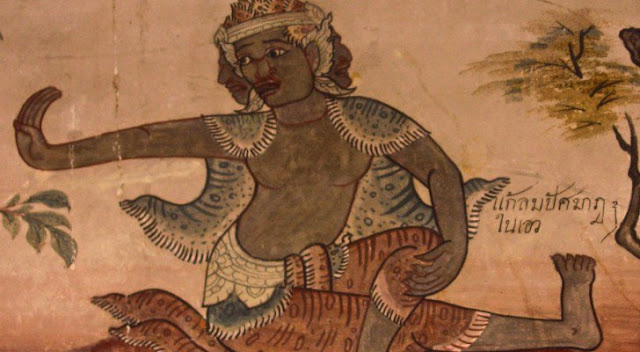

| Online: | |
| Visits: | |
| Stories: |
The Most Ignored Part Of What It Means To Do Yoga: The Mainstream Way vs. The Ancient One
by Arjun Walia
Collective Evolution
Yoga has become an immensely popular form of physical activity and relaxation in recent years. Those who practice it on a regular basis are constantly raving about its physical and mental benefits, and rightfully so. Regular practice can lead to increased strength, flexibility, and focus, and decrease one’s proneness to injury. It also enhances one’s ability to concentrate, among many other benefits.
What we don’t often consider, however, are the spiritual teachings which underpin this ancient practice. Yoga is much more than just physical exercise, though this rather reductive understanding makes up the dominant perception of Western society. There is nothing wrong with only engaging in the physical side of yoga, but it’s important to understand its roots and origins in order to not only reap its full benefits, but afford it the respect it deserves. Indeed, many would argue that one cannot claim to ‘do yoga’ if they are only practicing one aspect of it. This article will discuss a couple of topics that are closely associated with yoga, but have been largely forgotten today by the Western world.
The Western Perception of Yoga
The Western perception of yoga is not wrong by any means. As mentioned above, it mainly considers one component of yoga — the physical act of ‘doing yoga’ — without acknowledging the other, equally important aspects of this practice. The Western world was introduced to yoga in the late 1800s, when Swami Vivekananda, an Indian guru and yogic scholar, sparked a wave of Eastern Yogi’s setting up teaching centres in the West. Some of these gurus, like Vivekananda himself, attracted a lot of attention from prominent authors, scientists, and socialites.
Read more »
Every Day is Earth Day
Source: http://www.riseearth.com/2016/02/the-most-ignored-part-of-what-it-means.html




